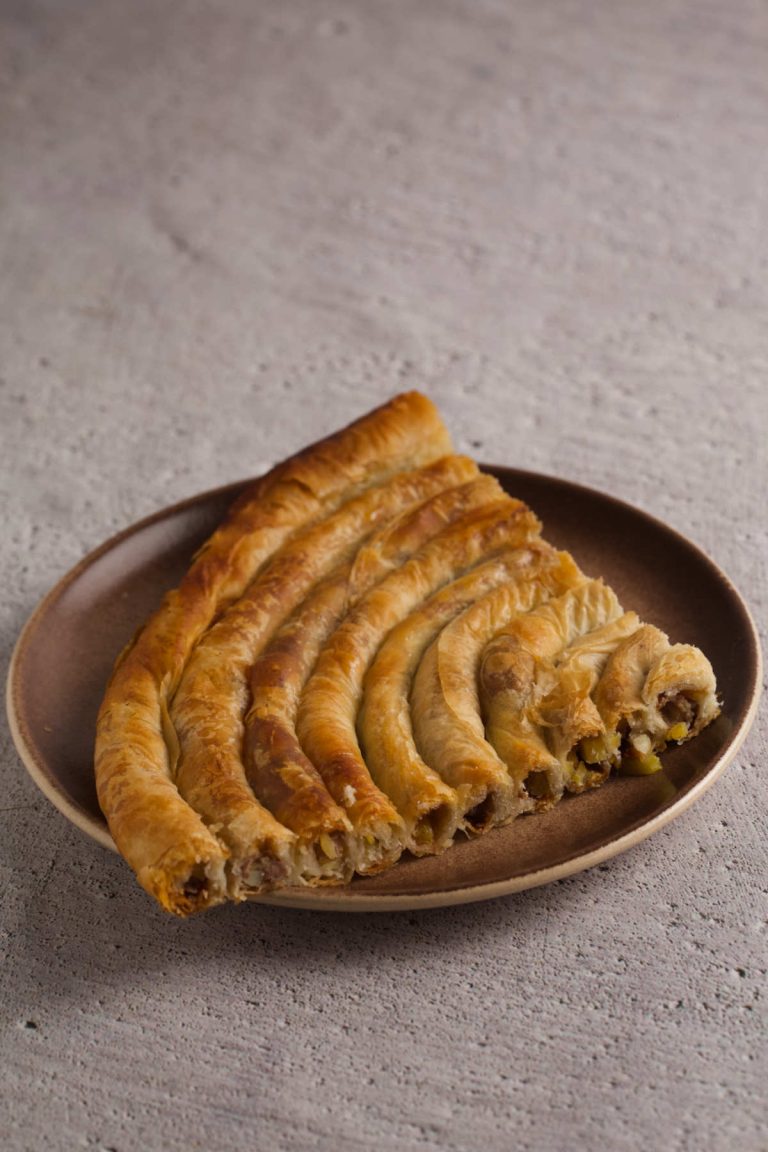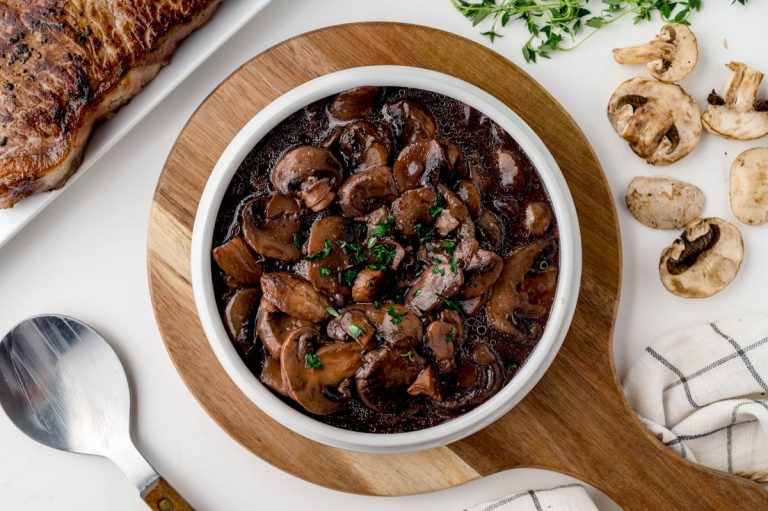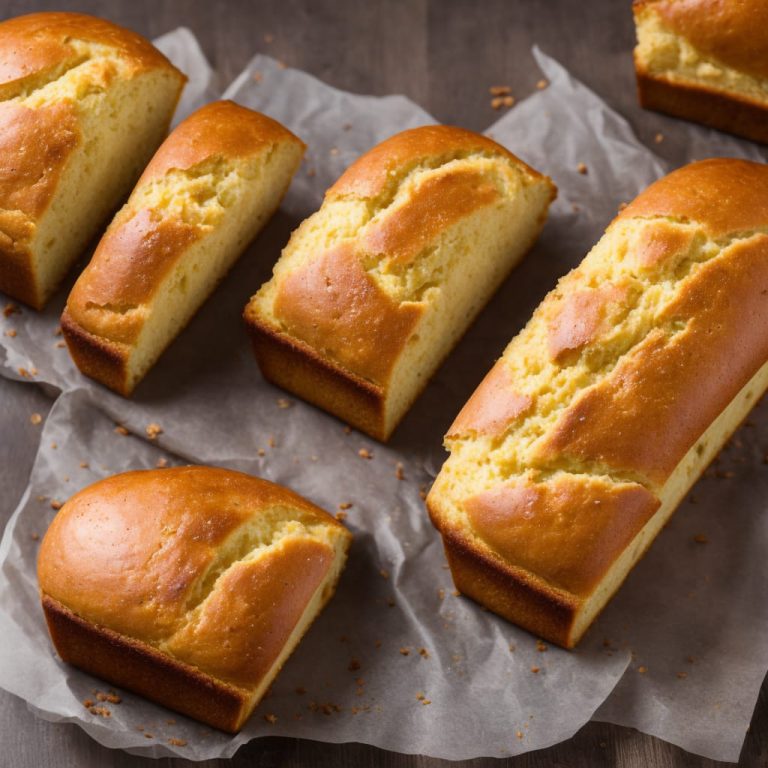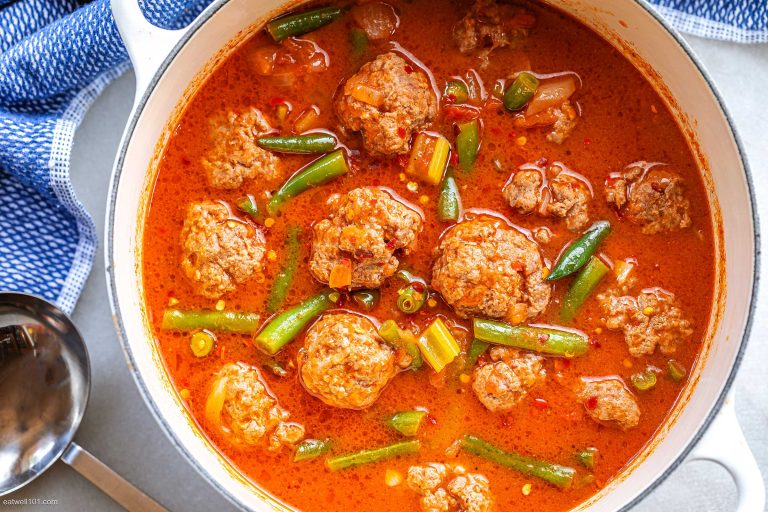Berry Cobbler: History, Recipe, Health Benefits, and Dietary Adaptations
Berry cobbler dates back to the early American settlers who adapted their traditional recipes to the ingredients available in the New World. They used fresh berries combined with basic pastry dough to create a simple yet satisfying dessert. By the mid-19th century, cobblers had become a staple in American cuisine, often baked in cast iron skillets over open fires. They were a practical and delicious way to make use of seasonal fruits. The name “cobbler” likely stems from the dessert’s rustic, “cobbled-together” appearance, which set it apart from more refined pastries.
Regional Variations
In the Southern United States, cobblers often feature a biscuit-like topping and are sometimes referred to as “slumps” or “grunts.” These versions highlight the region’s preference for heartier, more substantial desserts. In New England, cobblers may include a thicker, cake-like batter poured over the fruit. In the Midwest, you can often find cobblers with a lattice crust, resembling a pie but with a more casual, homey feel. Despite these variations, the essential elements of fruit, sugar, and a baked topping remain constant, making this dessert a beloved classic across the country.
Key Ingredients for the Perfect Berry Cobbler
Choosing the Right Berries
Ensure the success of your berry cobbler by selecting a variety of fresh, ripe berries. Opt for a mix of blueberries, raspberries, blackberries, and strawberries. Blueberries provide a sweet, juicy base, while raspberries and blackberries add tartness. Strawberries contribute a delicate texture. Assess softness and color when selecting; ripe berries are firm and vibrant. Mix different berries equally to balance flavors and textures.
Essential Spices and Flavorings
Enhance your cobbler’s taste with essential spices and flavorings. Cinnamon, nutmeg, and vanilla extract elevate berry flavors. Use 1 tsp of cinnamon for warmth, ¼ tsp of nutmeg for a hint of spice, and 2 tsp of vanilla extract for aroma. Lemon zest and juice add a fresh, citrusy note. Combine 1 tbsp of zest and 1 tbsp of juice to brighten the dish. Use these spices and flavorings to achieve a rich, complex taste.
Step-by-Step Recipe for Berry Cobbler
Preparation of Berries
Select an assortment of fresh and ripe berries like strawberries, blueberries, raspberries, and blackberries. Wash thoroughly and drain to remove excess water. Cut larger berries, like strawberries, into smaller pieces for even cooking. Place the prepped berries in a large mixing bowl. Add 1 cup of granulated sugar and 1 tablespoon of lemon juice to the berries, stirring gently to coat evenly. Let this mixture sit for 20-30 minutes to allow the berries to release their natural juices, creating a flavorful base for your cobbler.
Making the Crust
Combine 1 cup of all-purpose flour, 1 cup of granulated sugar, 1 teaspoon of baking powder, and a pinch of salt in a medium-sized mixing bowl. Add 1 cup of milk slowly, whisking until the batter is smooth. Melt 1/2 cup of unsalted butter and pour it into a 9×13-inch baking dish, ensuring it coats the entire bottom. Pour the batter over the melted butter without stirring, allowing the butter to create a rich crust during baking.
Baking Techniques
Preheat your oven to 350°F (175°C). Spoon the berry mixture over the batter in the baking dish, distributing the berries evenly but avoiding mixing the layers. The berries will sink into the batter during baking, forming a delightful, layered dessert. Place the baking dish in the center of the preheated oven and bake for 45-50 minutes, or until the crust is golden brown and the berry juices are bubbling. Use a toothpick to test the crust; it should come out clean when inserted. Allow the cobbler to cool for 15 minutes before serving to let the flavors meld and the juices thicken. Serve warm with a scoop of vanilla ice cream or a dollop of whipped cream for an extra treat.
Serving and Presentation Tips
Best Practices for Serving Berry Cobbler
Serve berry cobbler warm or at room temperature for optimal taste. Pair each serving with a scoop of vanilla ice cream or a dollop of whipped cream. These additions complement the cobbler’s sweet and tart flavors.
Use a wide, shallow spoon to scoop the cobbler. This tool helps maintain the integrity of the fruit and crust layers. Portion each serving generously to ensure a balanced mix of berries and topping.
If serving cobbler to a large group, cut the dish into equal pieces before plating. This approach allows for consistent portions and a tidy presentation.
Creative Presentation Ideas
Use individual ramekins to create single-serving cobblers. These personal-sized desserts add a touch of elegance and simplify serving.
Garnish your cobbler with fresh mint leaves or a dusting of powdered sugar. These small accents enhance visual appeal and hint at additional flavors.
Serve berry cobbler in rustic cast-iron skillets for a charming, homey look. This method also keeps the cobbler warm longer, ideal for longer events or dinners.
Present the cobbler alongside small bowls of toppings like chopped nuts, grated chocolate, or fresh berries. Guests can customize their servings, adding both variety and a personal touch to each plate.
Health Benefits of Berry Cobbler
Nutritional Highlights of Ingredients
Berry cobbler, a delicious dessert, can offer several health benefits due to its key ingredients. Berries like blueberries, raspberries, and strawberries are rich in antioxidants. These compounds, including vitamins C and E, help fight oxidative stress. High fiber content in berries aids digestion and promotes a healthy gut.
Natural sweeteners like honey or maple syrup can replace refined sugars, reducing the glycemic impact. Whole-wheat flour, used instead of white flour, increases fiber and nutrient intake. Additionally, dairy products like milk and butter, if used in moderation, provide essential fats and vitamins A and D.
Dietary Adaptations
Berry cobbler recipes can be adjusted to meet various dietary needs. Gluten-free alternatives, such as almond or coconut flour, cater to those with gluten intolerance. For a vegan version, substitute dairy with plant-based alternatives like almond milk or coconut oil.
Sugar-free options include using stevia or monk fruit sweetener to lower calorie content without sacrificing taste. For a low-carb diet, consider using berries high in fiber and low in sugar, like blackberries or raspberries.
Implementing these modifications ensures that you can enjoy a healthier berry cobbler fitting your dietary preferences.
Conclusion
Berry cobbler is more than just a delicious dessert; it’s a versatile dish with deep roots in American culinary history. Whether you’re following a traditional recipe or adapting it to fit dietary needs, this dessert offers something for everyone. The combination of sweet, tangy berries and a warm, comforting crust makes it a favorite for any occasion. So, the next time you’re looking to impress your guests or simply indulge in a treat, consider making a berry cobbler. With its rich flavors and health benefits, it’s a dessert you can feel good about enjoying.






